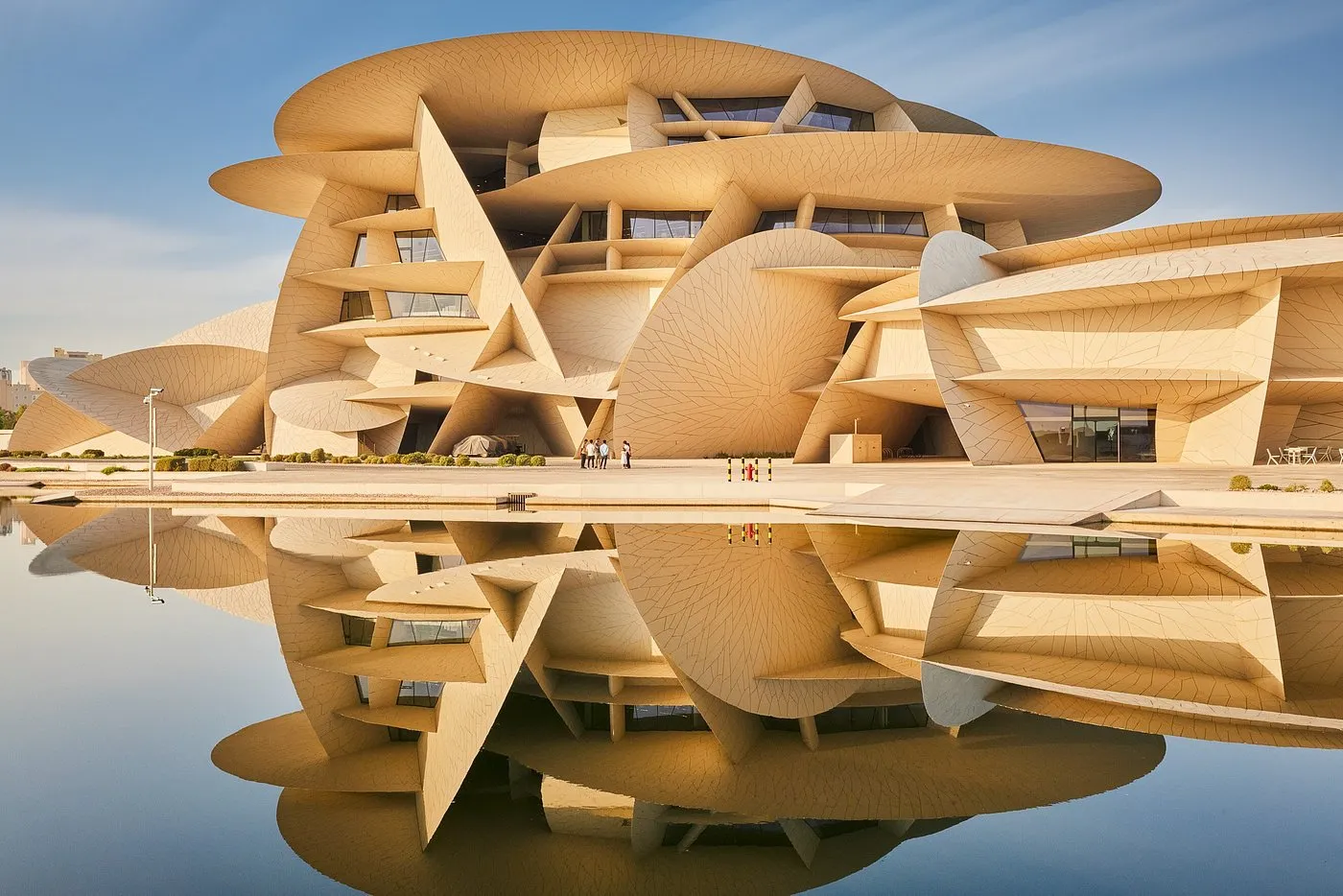
The National Museum of Qatar © Iwan Baan
Museums have shifted away from merely being passive vessels for the display of objects. Museums are now active venues for culture and architecture works for visitors as much for the collections housed within them. In this way, parametric design emerged as a tool that changes the paradigms of thinking and experiencing museums. Architects are using computational processes to translate variables such as daylight, circulation, material performance, and acoustics into built form. The outcome is architecture that fulfills technical requirements while creating experiential spaces that engage and encourage change and exploration.
Parametric architecture is a method by which variable parameters control form and spatial configuration. Rather than designing rigid geometries, architects design a system of relations, and the computer calculates a series of iterations based on different parameters. Programs like Rhino with Grasshopper or CATIA allow architects to model complex geometry while simultaneously simulating the structural performance, light penetration, and environmental comfort with their designs.
The end result aims to be constructed in curvilinear, organic forms, differentiating from rectilinearity, while attempting to capture the flow, forces, and dynamism of nature. In museum architecture, these forms are not merely stylistic accents, but rather implicit tactics that provide orchestration for how people move, look, and engage with space.
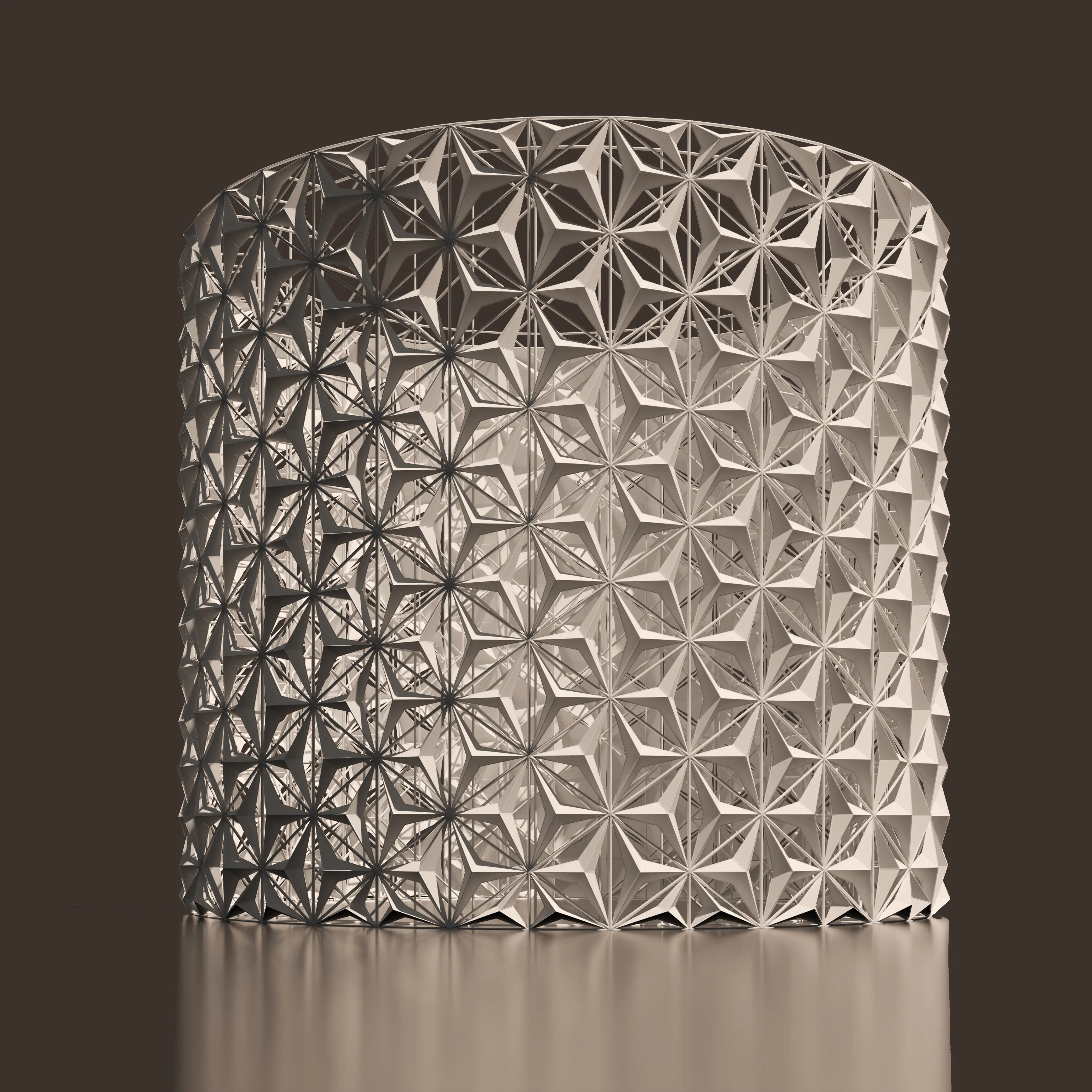
Parametric design is applied to large and small elements in the design of museums, from the overall massing to the smallest façade components. One of the best examples is Fernando Romero's Museo Soumaya in Mexico City, with its hexagonal aluminum skin that sparkles and reflects the sun most beautifully in daylight, and also the city. As visitors approached the building, the skin changed the view at every angle. Here, the façade is no longer just a buffer surface but a live mediator between the city and the museum.
Even circulation patterns can be assessed after parametric simulation to provide a good experience. The designers would like to avoid confusing layouts and can model visitor flow using computer models, then optimize galleries and circulation routes to ensure it appears natural. They also leave some non-circulated space for discovery, intended but not forced, which enhances the experience of exploration, an essential part of visiting museums.
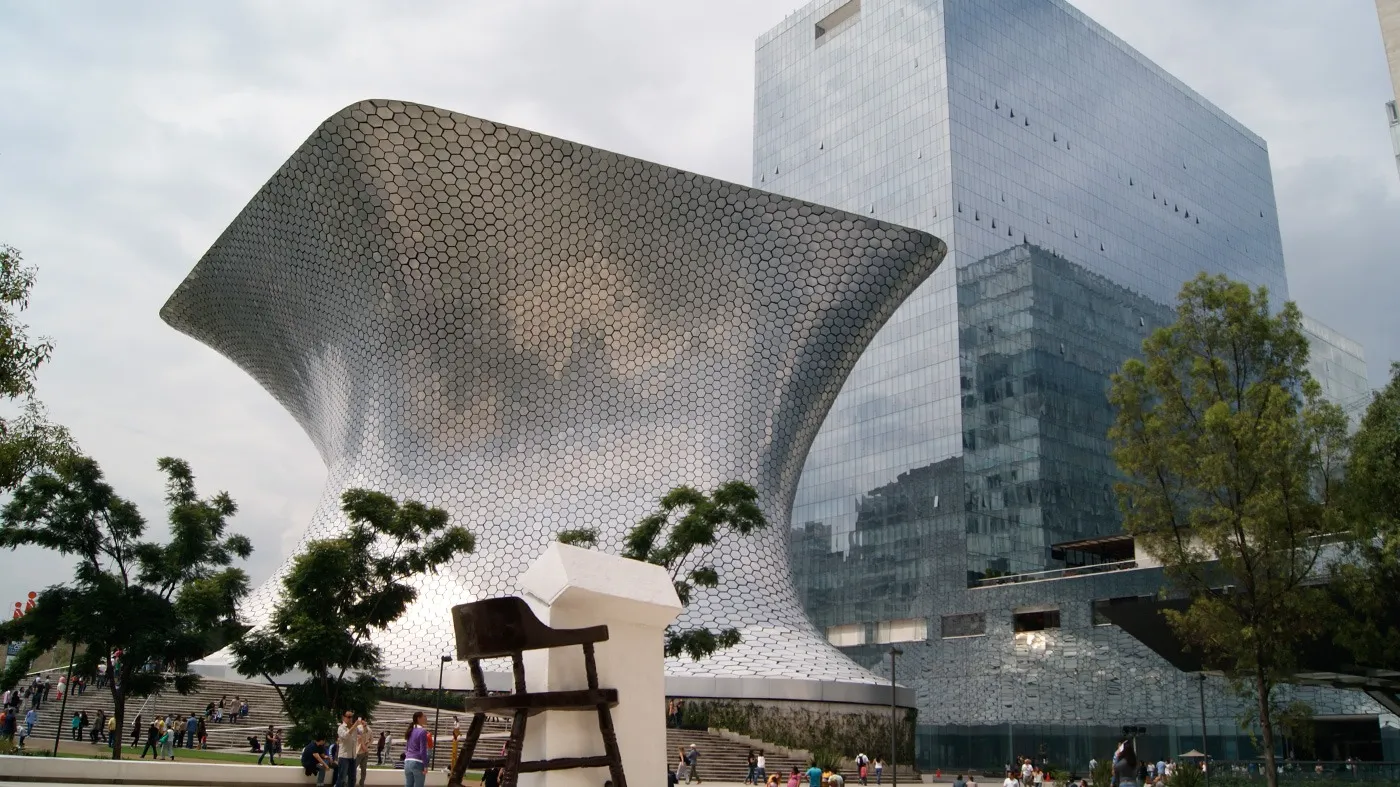
The museum structure is incorporated partially underground, using the thermal mass of the earth to temper internal conditions. Parametric modeling helped optimize openings in the roof for diffuse daylight into the galleries without overheating or glare. The structural design of the tower-like wings employs steel ribs and tension cables that were coordinated parametrically to resist wind load, and achieve slenderness.
In this sense the design is more than simply a formal spectacle: It reconciles sophisticated computational design and passive environmental strategies, resulting in a building that articulates cultural identity, all while acting as a responsive organism with energy-efficient characteristics. Visitors in the submerged galleries are directed down controlled shafts of light that enact the artifacts on display converting environmental logic into an event.
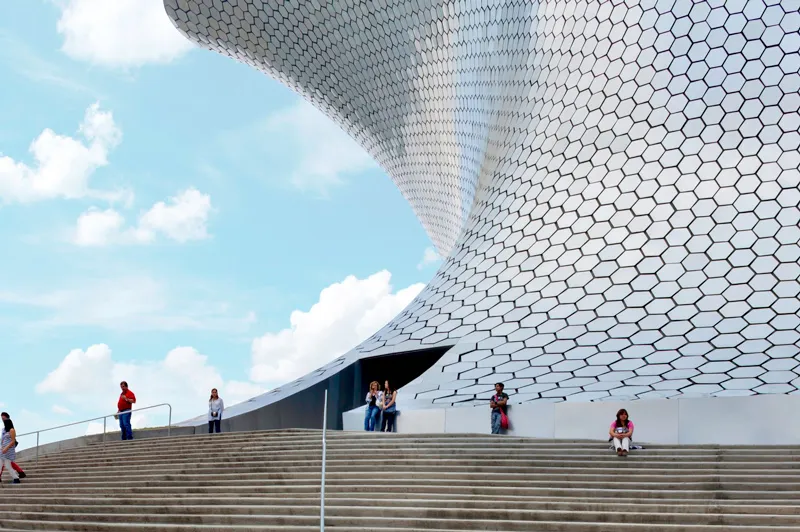
Roof and ceiling schemes are also relevant areas where parametric design extends visitor experience. Recent research has investigated roof proposals generated parametrically in the old museums of Cairo with virtual reality (VR) simulations. Through the study, it was discovered that roof geometry could control daylight to improve comfort, emotional engagement, and the legibility of exhibition spaces. Through the rhythm of light and dark, architects interpret ceilings as a dynamic addition that anticipates atmosphere and perception. This same rationale is found in Foster + Partners' design for the Zayed National Museum in Abu Dhabi, which employs wing-shaped parametric forms that serve as iconic symbols of cultural heritage while moving light and air through the interior, imparting meaning and promoting sustainability.
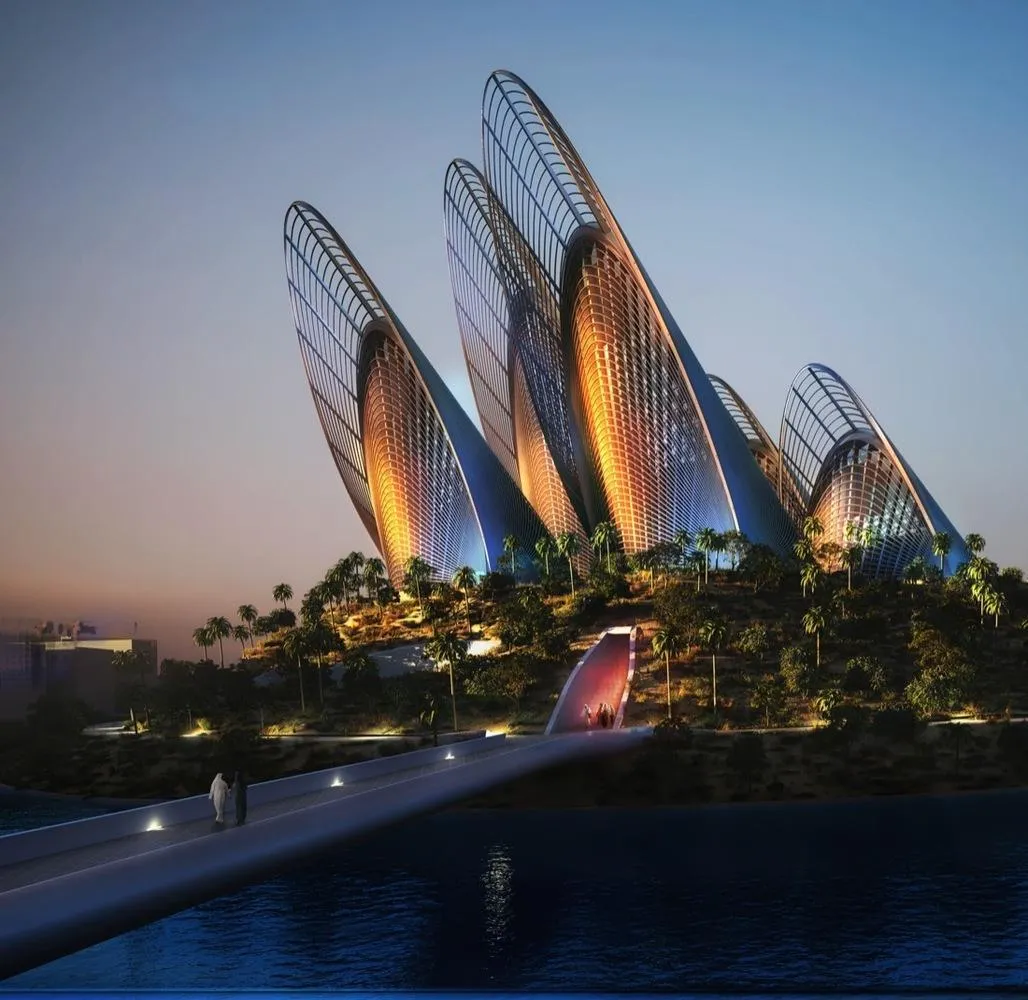
Jean Nouvel's Louvre Abu Dhabi demonstrates that parametric architecture has the ability to reinterpret historical references through contemporary computation. The 180-meter-wide majestic dome of the museum is composed of eight superimposed levels of star-shaped perforated steel and aluminum elements. Every level possesses a specific geometric rationale, parametrically calibrated so that when joined together they produce the characteristic "rain of light" effect. The shape borrows the mashrabiya tradition from the Middle East, but achieving the complexity of the overlapping lattice could be done only by algorithmic modeling and computer-aided fabrication.
The 7,500-ton dome appears to levitate due to an invisible support system resting on only four piers, an engineering marvel due to parametric coordination of load transfer. The openings were parametrically modeled to balance between light and shade, casting diffused natural light into galleries with no UV damage to artworks. Besides its ecological role, the dome creates a transitional outdoor microclimate that allows observers to connect with inside-out transitions in a poetic setting. This dance of light and darkness is choreographed not by chance but through thousands of parametric simulations, such that the visitor's sensory experience is the product of careful computational control.
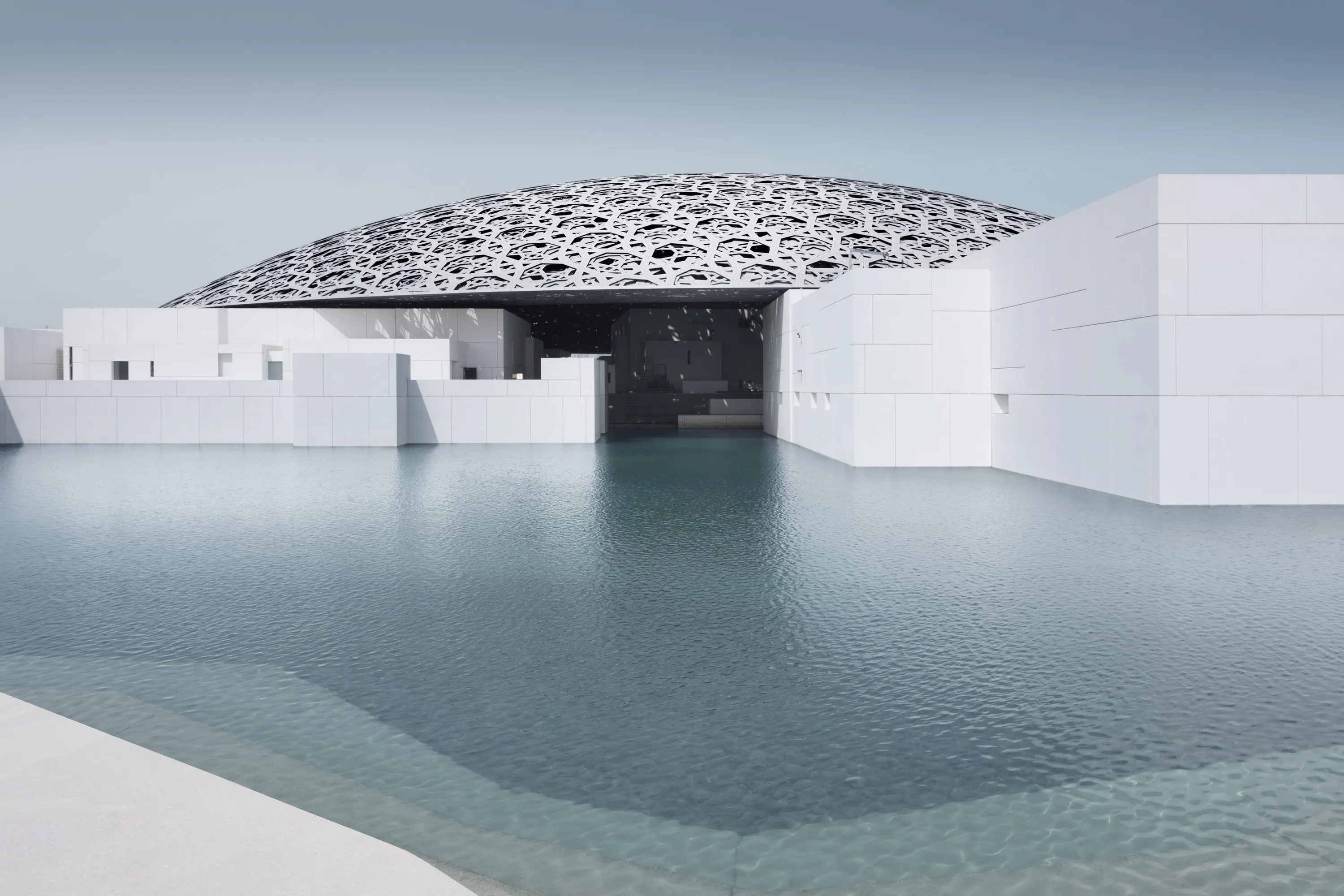
The National Museum of Qatar, designed by Jean Nouvel, illustrates the potential of parametric design to influence the characteristics of contemporary museum architecture. The design was inspired by the organic blossoming of the desert rose and is composed of a total of 539 disks that differ in diameter and orientation, which were modeled to create an unbroken flow of form for the museum in the computer software. Parametric modeling enabled very precise control over the intricate intersections of these disks for structural stability and to create voids and overhangs that optimize natural light and ventilation.
The disks are made of glass fiber-reinforced concrete (GFRC), a material chosen for the strength, resilience, and ability to conform with the very complex geometry of the museum. This numerical approach solved engineering problems for the shapes that were nonuniform by ensuring that all the components behaved to parameters of fixed environments and structures and ended up with a cohesive but dynamic architectural form.

The advantage of parametric design in museums is the unique capability to generate digital forms that are fundamentally experiential. When a person moves through a room that is bounded by computed curves, they are not simply looking at an architecture; they are processing a highly choreographed experience. Light moves through openings that have been designed parametrically, flow paths turn and expand in accordance with the density of tourists as anticipated, and surfaces either reflect or absorb sound in order to create acoustic comfort. In this way, the museum is no longer a building: it is a lived experience where form is directly tied to perception.
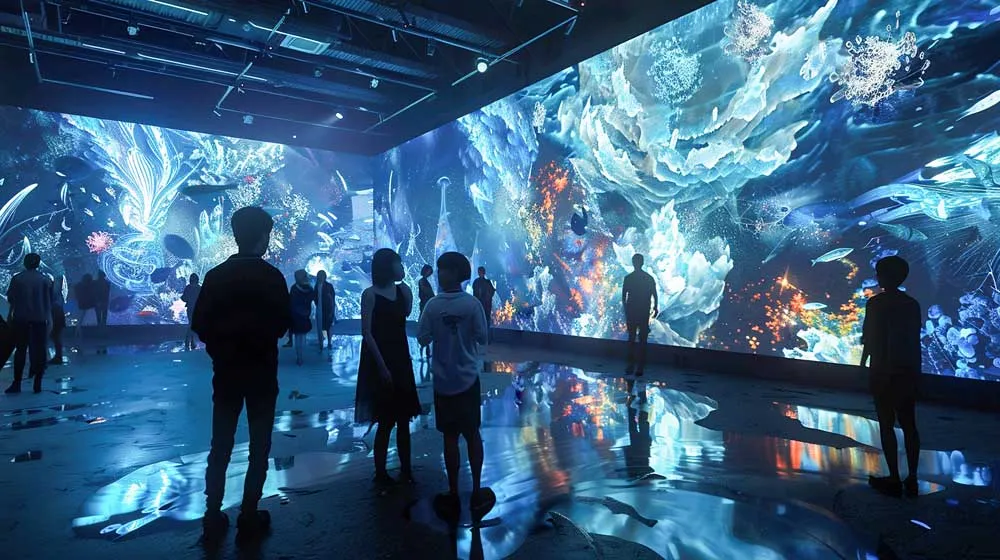
Modern-day museums designed through parametric processes can function as their own living laboratories for research and experimentation with the intersection of technology, culture, and architecture. They illustrate that the technical demands for load distribution or daylight can be reconciled with experiential demands for immersion and discovery through computational means. Parametric models allow architects to develop solutions that are both efficient and poetic, helping to prove that architecture is not just about building performance, it is about the ability to manipulate human experience.
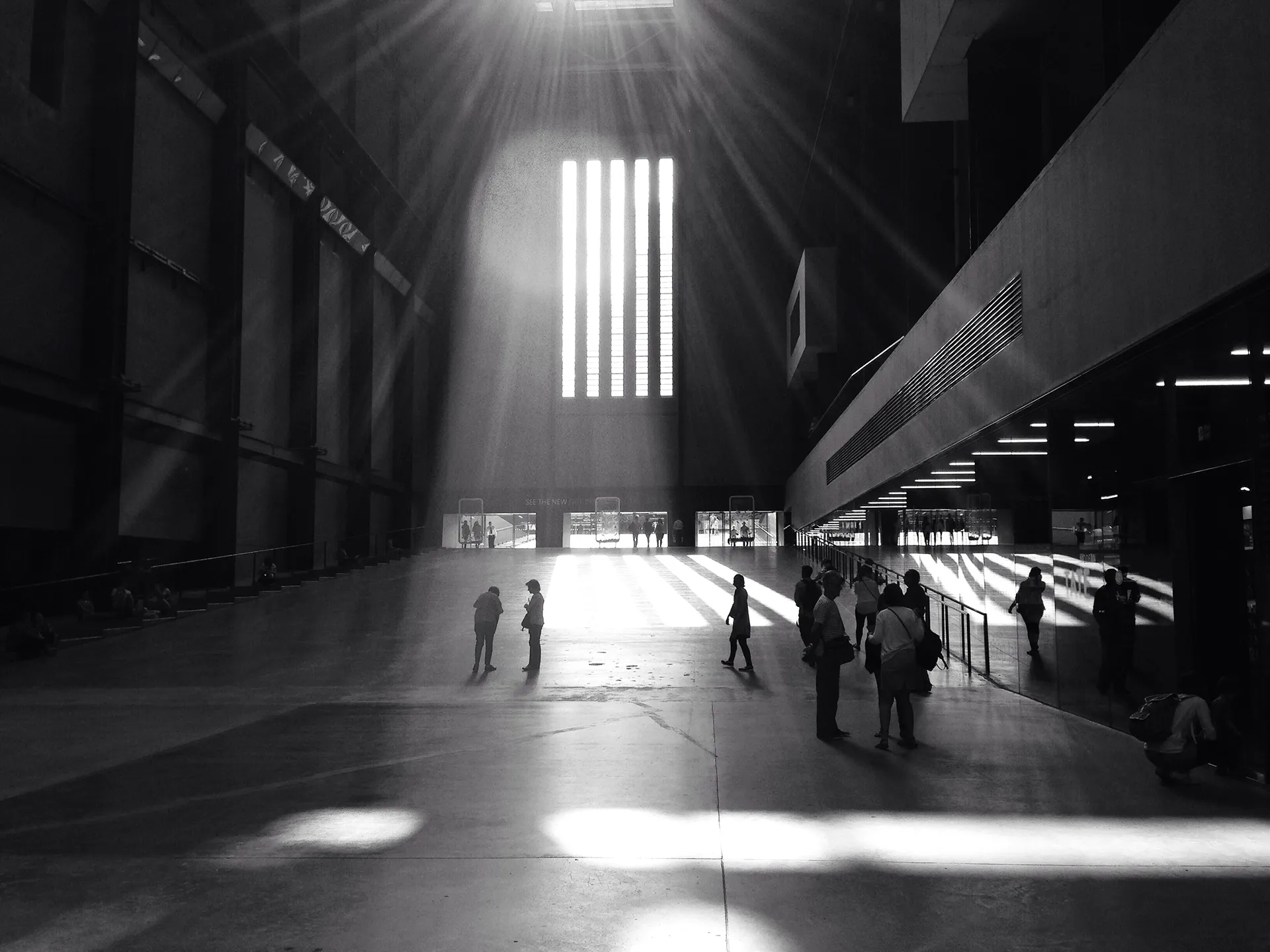
In other words, parametric museums validate parametricism as a cultural endeavor. They are not simply visual illusions disconnected from their contexts, but rather a product of an engagement between the individual and the habitat. These museums speak to human scale, embrace environmental tension, and weave stories that speak to the uncounted. Simply put, these museums demonstrate that digital architecture has little to do with futurism and everything to do with human-place design and experience.
Bibliography:
“Fabricating Parametric Skins: Soumaya Museum.” IAAC Blog, 30 Nov. 2020
“Museo Soumaya.” Museo Soumaya.
Medaković, Jelena, Jelena Atanacković Jeličić, Dejan Ecet, Dejana Nedučin, and Milena Krklješ. “The Interplay between Spatial Layout and Visitor Paths in Modern Museum Architecture.” Buildings, vol. 14, no. 7, 2024, article 2147, doi:10.3390/buildings14072147.
Ahmady, Youmna, and Nouran Abdeltawab Mahmoud. “Enhancing Visitors’ Experience in Historical Museums through Applying Parametric Roof Designs.” HBRC Journal, vol. 19, no. 1, 2023, pp. 319–36. (Also available via ResearchGate)
“A Complete Guide to GFRC: Glass Fiber Reinforced Concrete for Stronger, Lighter Surfaces.” Concrete Countertop Institute.
You must be logged in to comment.